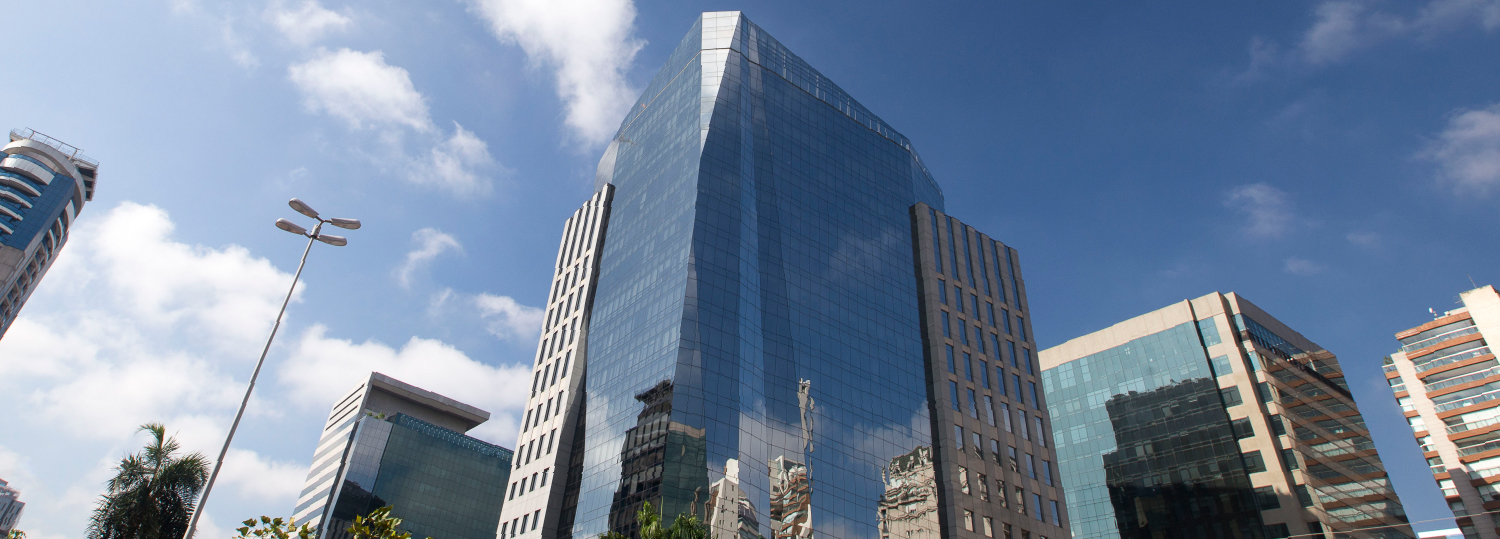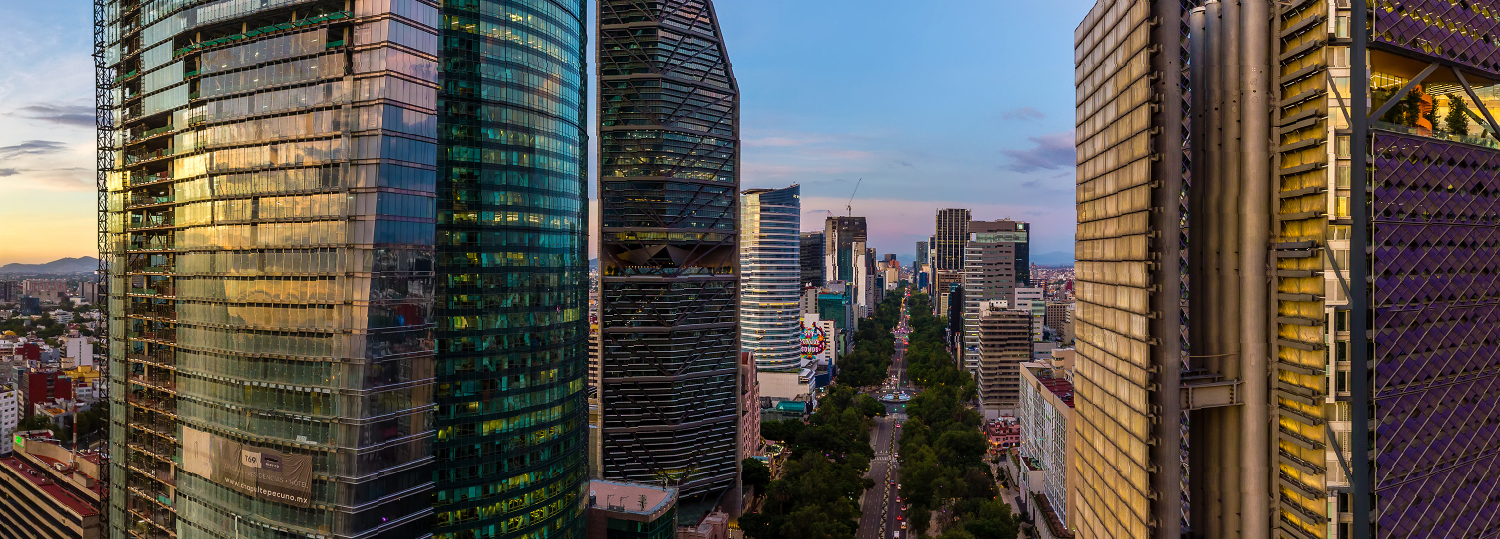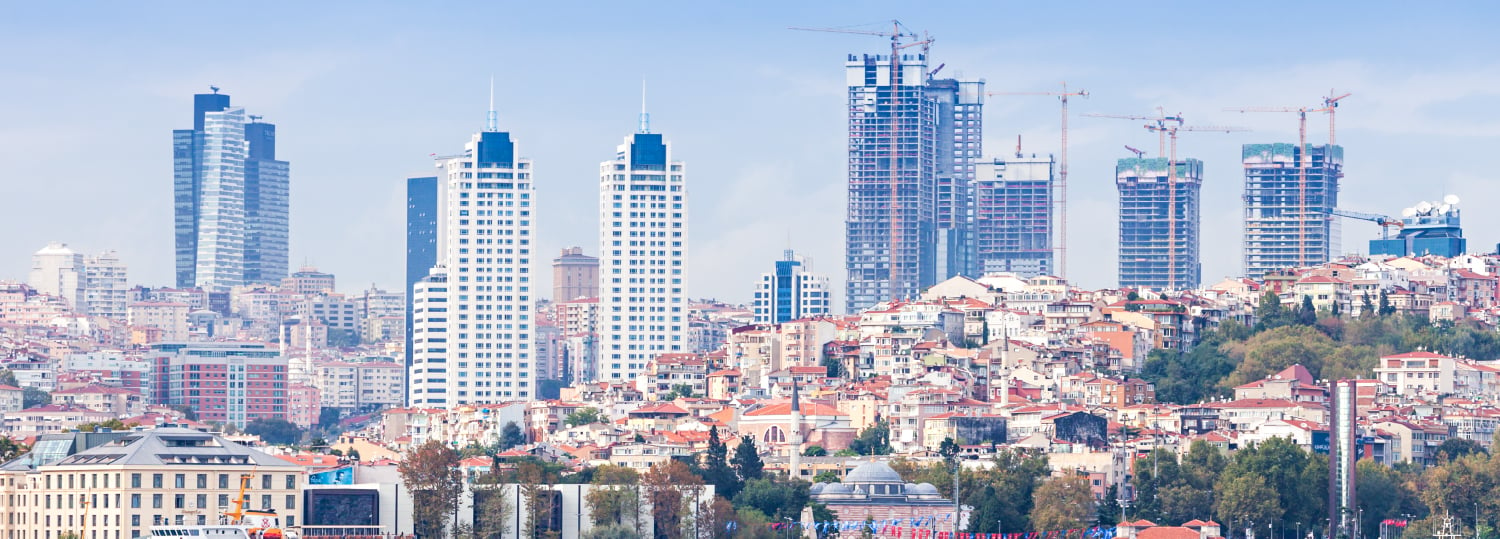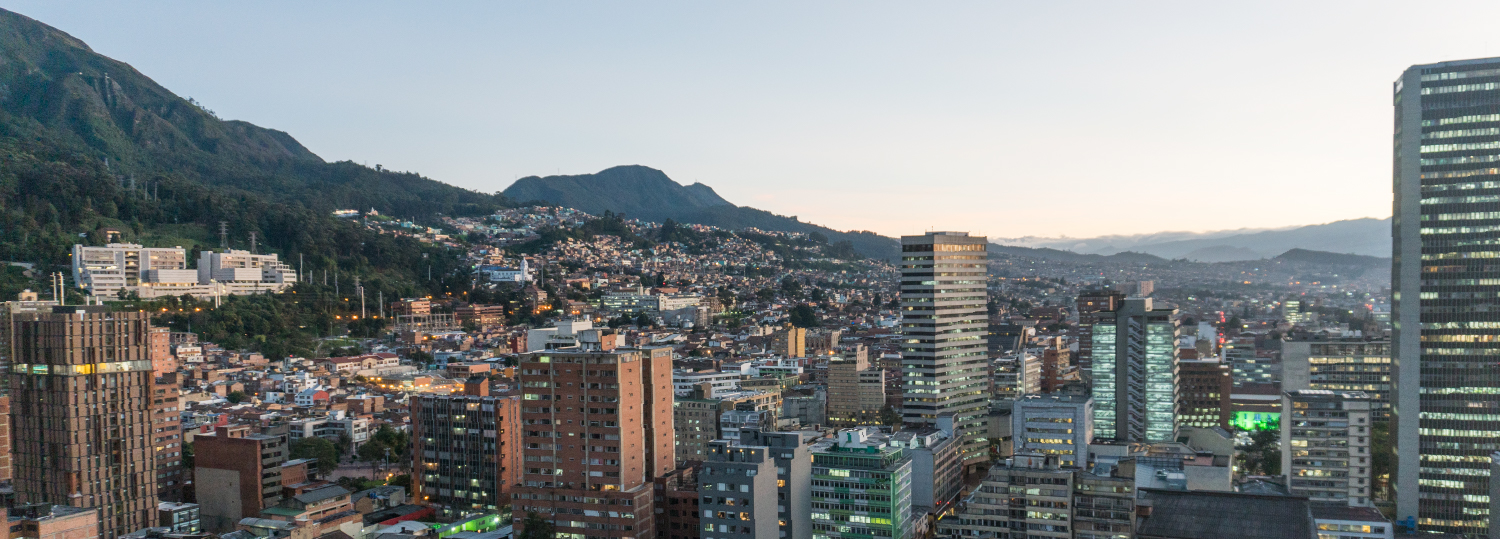We look at six key factors that make Brazil one of the hottest new e-commerce prospects.
Introduction
Brazil is the largest economy in LATAM. With a population of over 208 million, it also represents the largest e-commerce market in the region. However, a turbulent economy has led many to avoid investment in this market. The complexity of regulations for international e-commerce merchants has compounded this. In recent years, this picture is changing. We look at six reasons why Brazil should be in your e-commerce expansion plans. From a digital banking revolution, to the ease of localizing your market strategy.
GDP projections are consistently improving
LATAM has been subject to some market turbulence over the last five years or so. However, it looks like Brazil has finally bucked that trend. And this is good news for e-commerce. The GDP of Brazil is projected to increase at an average rate of 2.3%, year on year, until 2024. In figures, this means a leap from 1.847 to 2.296 billion USD.
The e-commerce market is also reflecting this healthy growth. After two disappointing years, e-commerce growth is back to double digits. The market expanded 12% in 2018, to a size of 13.3 million USD (53.2 billion Brazilian Real). The market is projected to grow 15% in 2019. All healthy signs for the prospective e-commerce merchant.
Internet user penetration rates are growing
Inevitably, internet user penetration rates are key for e-commerce businesses. Currently, 66% of Brazilians have access to the internet. However, this is projected to increase to 78% by 2023. As such, your business will already be able to access 149.1 million potential customers. This figure is only going to increase at time goes on.
Brazil loves social media
Social media is one of the easiest ways to target and acquire customers. They concentrate a huge customer base across one platform, with highly tailor able advertising solutions. Furthermore, social media allows your online business to track and optimize your sales funnel.
In Brazil, social media is a popular phenomenon. This makes it attractive to the e-commerce merchant. There were 95.2 million social media users in Brazil in 2018. Furthermore, approximately 30% of users follow retailers through social media. Again, the number of social media users is projected to grow in Brazil to 114 million by 2023.
According to the Webshoppers study on Brazilian e-commerce, social media is the second biggest influencer for online shopping, just after search engines.
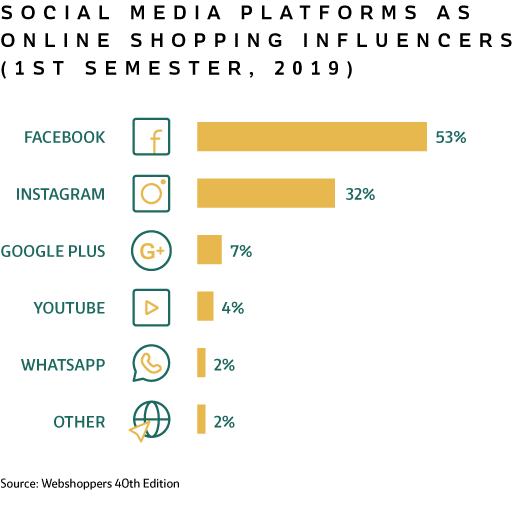
Cross border e-commerce is growing
Unlike many of its Latin American neighbors, Brazil is open to cross border e-commerce. 47% of Brazilians report having made a purchase from an international website in 2018. While this figure is a decrease from the previous two years, the increase in the size of the market itself gives a net growth of 3% in cross border trade in 2018. The most popular international online retailers in Brazil come from China and the US. AliExpress, Amazon and Wish are the top three performing sites.
It is important to note that Brazilian online shoppers cited a number of key reasons why they would not buy from an international retailer. These included long delivery times and rising costs (as a result of delivery fees and a stronger dollar). Avoid these pitfalls, and your international e-commerce business is likely to see increased success in this market.
The mobile market is growing
Hand in hand with increasing internet penetration rates and a growing e-commerce market, comes the rise of the mobile e-shopper. Sales through a mobile device made up 42.8% of all e-commerce sales in January of 2019. This is a jump from 35.3% in June of 2018. This means dual opportunities for the international e-commerce merchant. First, the size of the Brazilian mobile market, with 138.1 million mobile phone users, makes it an attractive prospect for mobile commerce businesses. Secondly, it increases the number of ways customers can access your products online.
It is important to note that you will need to localize your market strategy to see success in Brazil. Ensure your website is optimized for mobile visitors and that your checkout process is also available through a mobile device by partnering with a local aggregator, like BoaCompra.
The digital banking infrastructure is changing
Another factor behind the rise of Brazilian e-commerce are the changes undergoing the banking industry. As we discuss in detail in our white paper, open banking regulations are underway in Brazil. In essence, they will allow customers to have control over their banking data, rather than having to access them through their bank’s portal. This opens up the market to third party developers. Additionally, Brazil has seen a rise in digital banks. PagBank, one of Brazil’s largest digital banks, is leading the charge in freeing up the online payments’ infrastructure. As a result, e-commerce merchants have more alternative payment options available to them and their customers.
Learn more about our the potential, the trends, and the challenges of selling digital goods in Brazil and how to expand your business in our exclusive guide:

